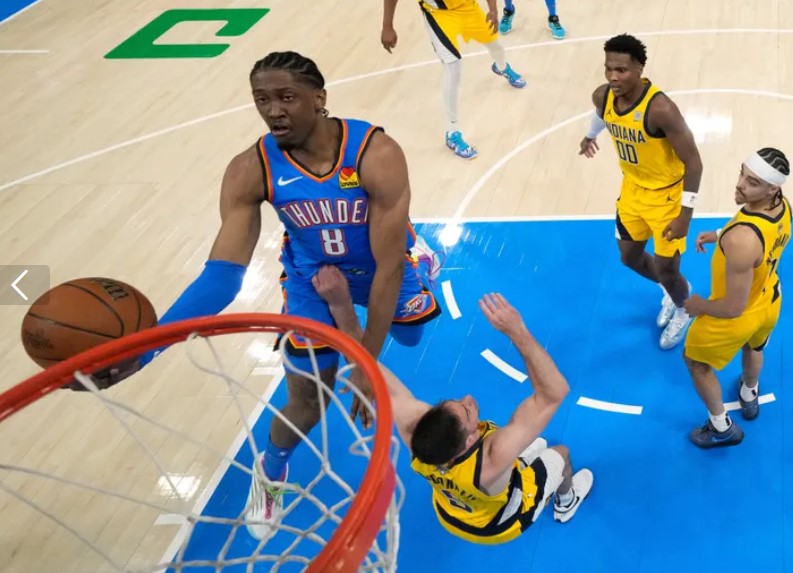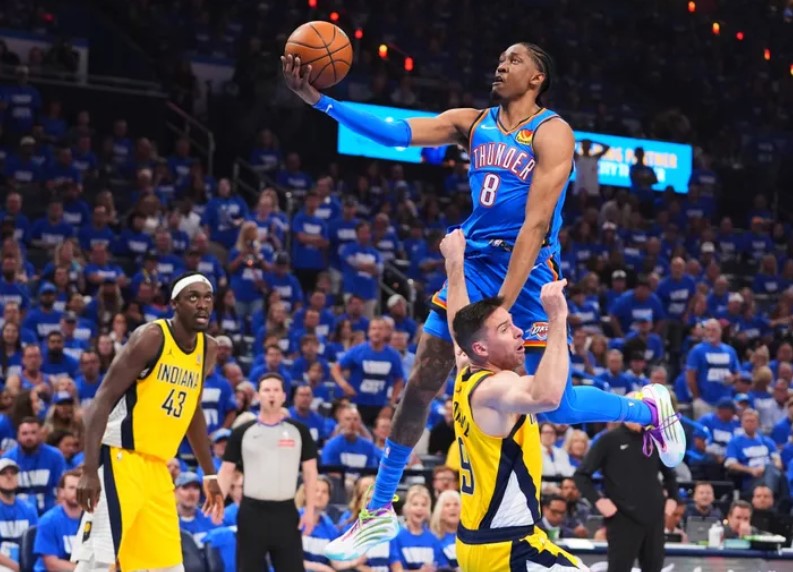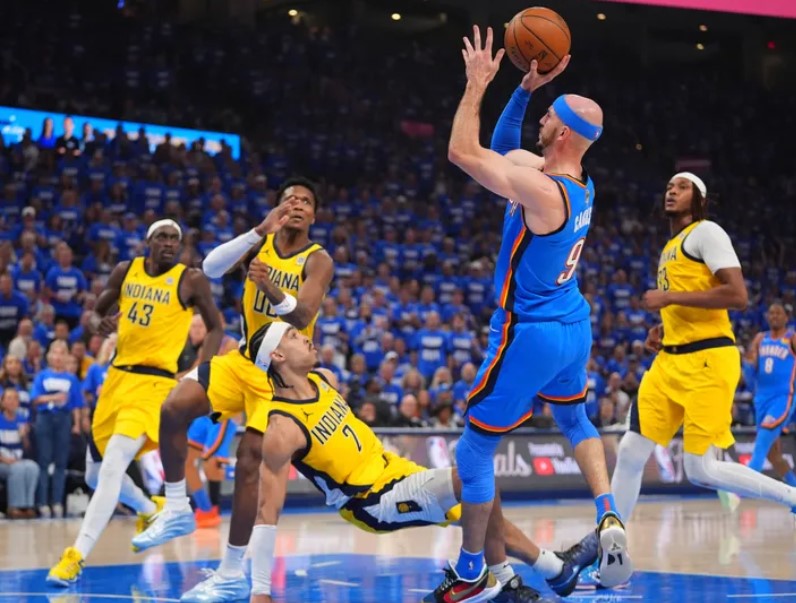The Indiana Pacers and Oklahoma City Thunder delivered a thrilling Game 1, but dismal ratings have raised concerns about the appeal of these small-market teams.
The opening game of the 2025 NBA Finals between the Indiana Pacers and Oklahoma City Thunder drew only a 4.7 rating and 8.91 million viewers on ABC, marking the least-watched Game 1 since 1988, excluding the COVID-19-affected years of 2020-2021. According to Sports Media Watch, this represents an 18% drop in ratings and a 19% decline in viewership compared to last year’s opener between the Boston Celtics and Dallas Mavericks.
The situation worsened in Game 2, where the Thunder’s dominant victory attracted just 8.76 million viewers on ABC—the lowest for a Game 2 since 2007, outside the COVID-19 period. These poor figures seem to confirm concerns about the limited draw of a matchup between teams from cities ranked 25th and 47th in Nielsen’s market rankings.
Despite the bleak ratings, the NBA found some silver linings.
NBA representatives highlighted positive notes, including a peak of 11 million viewers during Game 1 when Tyrese Haliburton hit a game-deciding shot with 0.3 seconds remaining. The league also reported strong ratings among the 18-34 age group and record-breaking social media viewership, reflecting a shift in how fans consume content.
The Pacers’ unexpected victory could shift the ratings trajectory for future games.



Indiana’s surprising Game 2 win, leveling the series at 1-1 after being heavy underdogs, may draw more viewers intrigued by the potential for one of the greatest upsets in NBA Finals history. The Thunder opened with -800 odds to win the championship, the best since the 2017-18 Golden State Warriors, but despite still being favored at -575, they’ve shown they’re not invincible.
Despite low ratings, the NBA’s financial future remains secure.
More importantly, even with declining ratings, the NBA recently secured a $76 billion, 11-year broadcasting deal, underscoring the league’s immense commercial value from diverse revenue streams. This ensures that fans’ favorite teams and stars will remain financially stable, regardless of ratings performance.